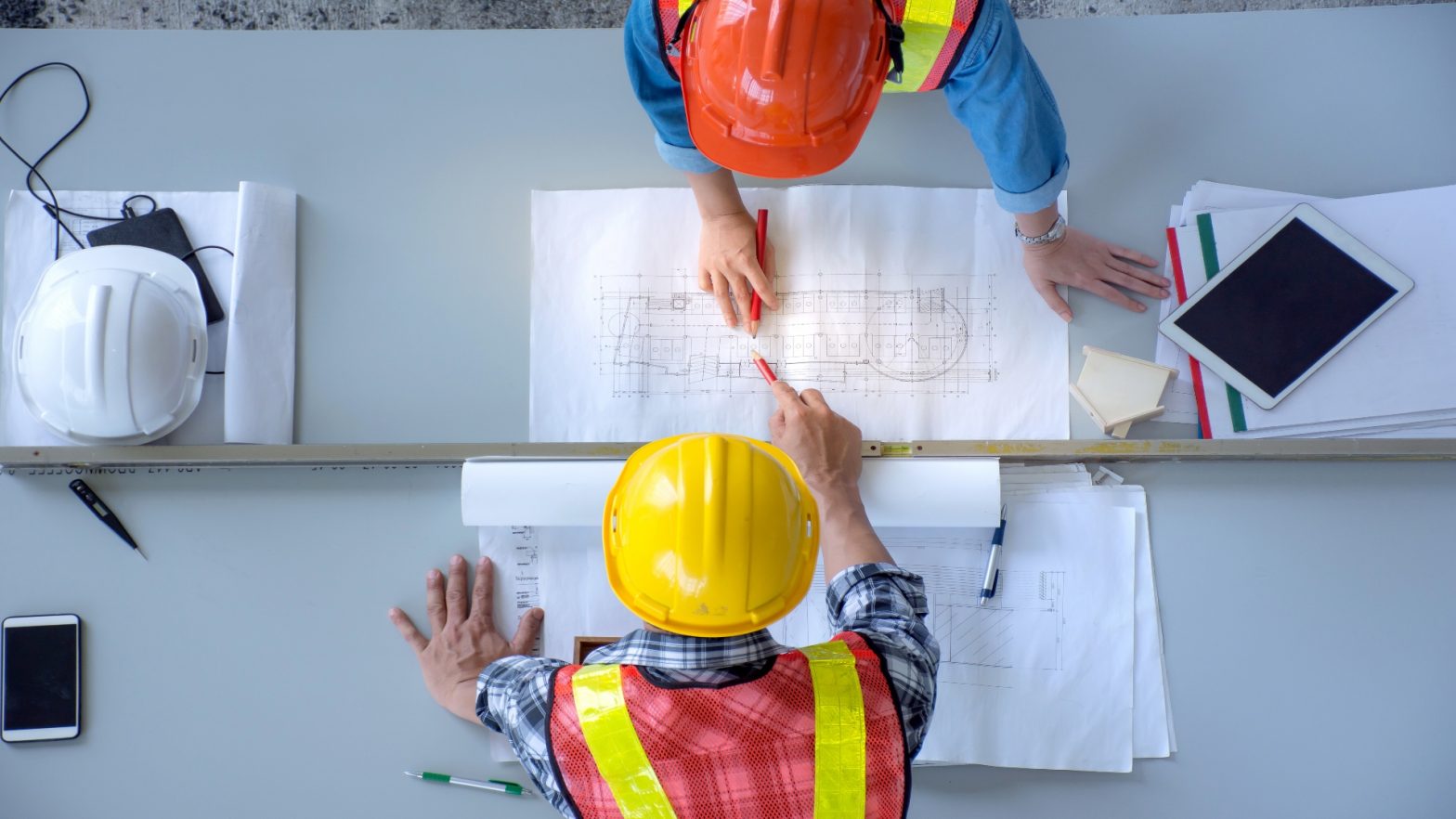Whether you are building a small room in a home used for woodworking or crafting or a large-scale professional space equipped for manufacturing or automotive repair, safety is something that you cannot neglect. This involves careful planning and attention to detail at each stage, from design to the final touches. The to-do list is enormous and sometimes even overwhelming. But there’s no need to worry. We have prepared a checklist to help you build an exceptionally safe workshop.
Safety Measures to Consider
Here are some key safety considerations to ensure your workshop is both safe and functional.
Location and Layout
The choice of location influences not only the ease of access but also the workshop’s potential for expansion and its compatibility with surrounding land uses. For instance, if you’re planning to produce noise or handle hazardous materials, build the facility far enough from residential areas to avoid disturbances and potential hazards.
The internal layout of the workshop should provide ample space for safe movement. Machinery and equipment should be arranged logically to facilitate a smooth workflow and minimise the need to transport materials across long distances.
Moreover, incorporate enough open space for emergency access and exit. Ensuring that pathways are clear and that escape routes are easily accessible can make a significant difference during emergencies. Air circulation is another critical factor, particularly if you’re working with chemicals or materials that emit fumes. The best solution is to use Local Exhaust Ventilation Systems (LEV). They capture pollutants at their source before they spread into the workshop’s atmosphere, ensuring the air remains clean.
Materials and Construction
Opting for robust, high-quality building materials significantly enhances the workshop’s structural integrity and longevity. Reinforced concrete and steel, for instance, are recommended for their strength and resistance to fire, weather, and heavy use.
In areas where fire risk is a concern, especially in buildings that involve welding, woodworking, or the use of flammable substances, consider using non-combustible materials like fire-resistant drywall, metal sheeting, and treated wood.
The construction process itself must adhere to local building codes and standards designed to ensure safety and accessibility. These include proper insulation, sound construction practices, and adequate electrical and plumbing systems.
Special attention must be given to the installation of a high-quality ventilation system, with a particular focus on integrating spiral ducting. Renowned for its robust construction and superior air handling capabilities, spiral ducting optimises airflow and significantly reduces the risk of leaks.
Electrical and Lighting
Ensure that all electrical installations meet national safety standards to prevent fires or electrocution. Use high-quality wiring, properly rated breakers, and secure connections. Additionally, having sufficient power outlets strategically placed around the workshop avoids the overuse of extension cords, which can burn. In workshops where machinery with high power demands is employed, separate circuits for heavy equipment should be installed.
Machinery and Equipment
It’s crucial to select machines with built-in safety features, such as emergency stop buttons, protective guards, and automatic shutoff mechanisms. They should be securely mounted or anchored to prevent movement that could lead to misalignment or, worse, accidents. A preventative maintenance schedule should be established, involving routine checks and servicing by qualified personnel. The process should include cleaning, lubrication, adjustment, and replacement of worn parts.
Fire Safety
Regularly removing combustible waste, organising flammable materials properly, and ensuring that work areas are clean can significantly reduce fire risks. It’s also crucial to use and store chemicals according to the manufacturer’s instructions and safety data sheets. Proper labelling and the use of appropriate storage containers reduce the risk of chemical fires.
An efficient fire detection system is vital for early warning. Smoke detectors and heat sensors should be installed throughout the workshop, particularly in areas where the risk is highest.
Equally important is the installation of appropriate suppression systems, such as sprinklers, fire extinguishers, and fire blankets. Remember to ensure that these devices are suitable for the types of fires likely to occur (e.g., electrical, flammable liquids). Conduct regular drills to ensure everyone knows how to act in an emergency.
Workshops are environments where hard work, ingenuity, and resilience come together to produce various products that drive the global economy. Ensuring these spaces not only thrive but also maintain the safety of all involved requires adopting rigorous measures across several areas. Careful selection of location and layout, use of appropriate building materials, and safe electrical installations are crucial.
Furthermore, fire safety is paramount, necessitating adequate detection and suppression systems. By implementing these practices, workshops can continue to be centers of innovation and safe production, significantly contributing to the economy and social well-being.


































